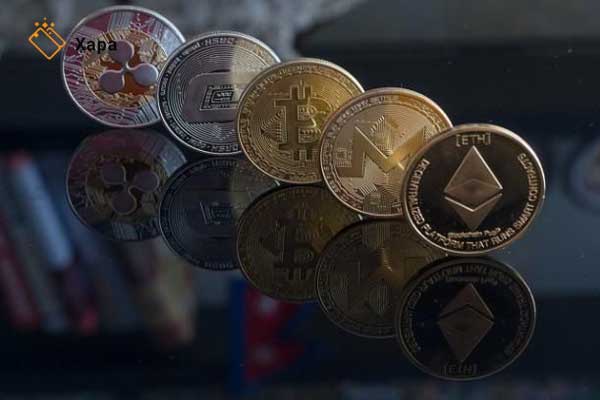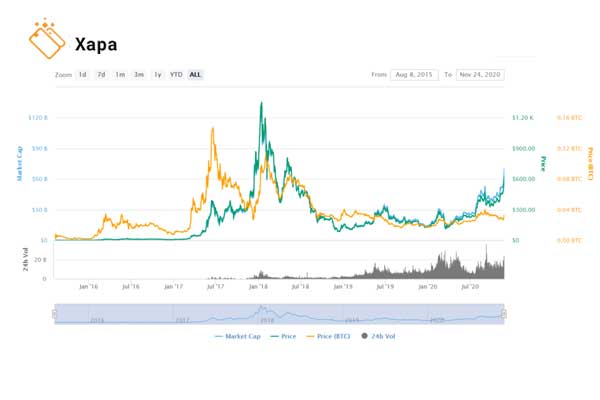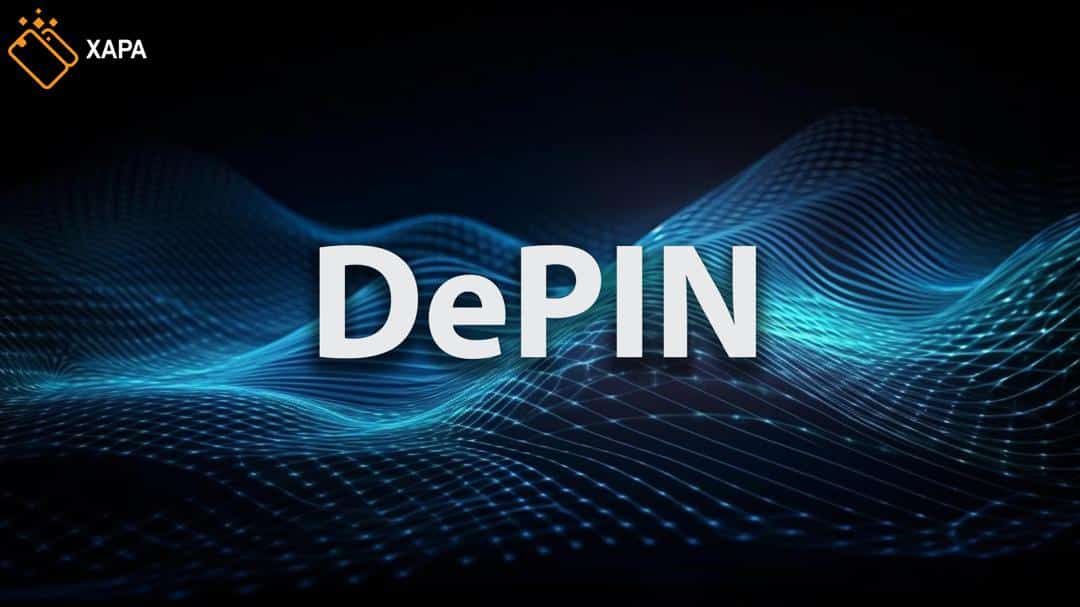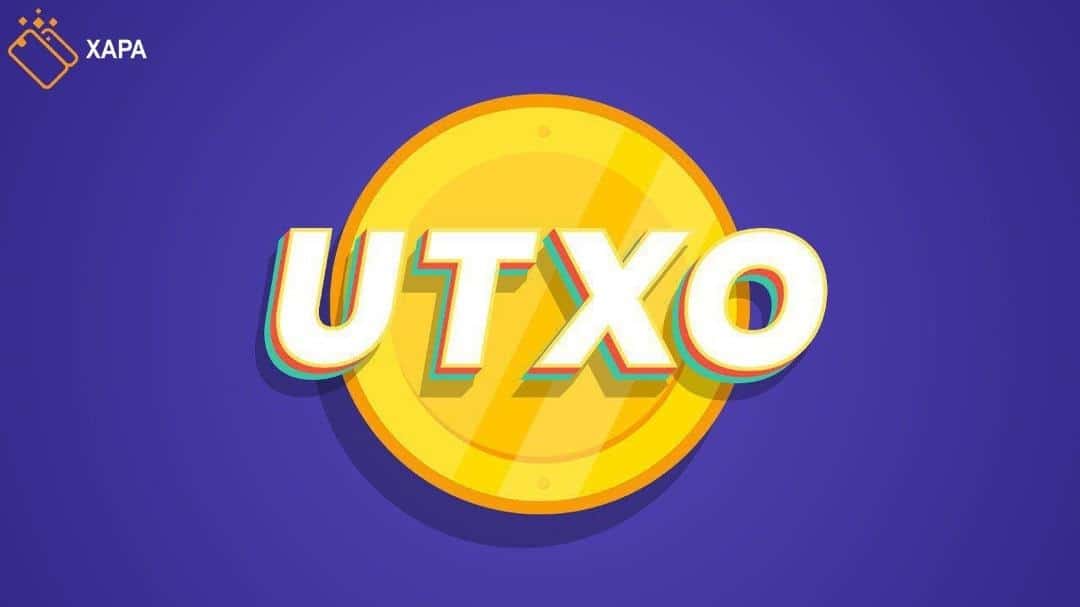
Ethereum, like Bitcoin and other cryptocurrencies, allows you to transfer digital money (in the form of an ETH currency code). However, Ethereum has another capability. You can interact with programs created by other users by programming, creating your code, and uploading it to the Ethereum network. Because this network is so flexible, a variety of complex applications can be run on it.
Simply put, the basic idea about Ethereum is that developers can create code that runs over a distributed network instead of being loaded on a centralized server. This means that, in theory, these programs could not be shut down or censored.
Ethereum History
In 2008, an unknown developer (or group of developers) released Bitcoin White Paper under the pseudonym, Satoshi Nakamoto. This permanently changed the landscape of digital money. A few years later, a young programmer named Vitalik Buterin came up with a way to advance the idea and apply it to any kind of program. This concept eventually became Eth.
For interpretation of the Ethereum value history, we should note that Ethereum was introduced by Buterin in a blog post in 2013 entitled “Ethereum: The Ultimate Platform for Smart Contracts and Decentralized Applications.” In his post, he described the idea for a blockchain-based on a complete Turing machine; A decentralized computer that can run any program with enough time and resources. Before the creation of Ethereum, such an idea was limited to the minds of developers, and no one had yet been able to implement it on the Chinese blockchain platform.
How does Ethereum work?
As mentioned, Ethereum uses blockchain technology. In a Blockchain-based network, all network-related information is stored by users. So is the Ethereum. Ethereum network users seamlessly store and access all related information such as asset status, addresses, smart contracts, and transactions at any time. With each change, all nodes also update their data.
Smart contracts in the Ethereum network are created by transactions (whether users or other contracts). When a user sends a transaction to a contract, each node in the network executes the contract code and records the output. This is done using the Ethereum Virtual Machine, which converts smart contracts into computer instructions.
Ethereum uses a special mechanism called mining (currently) to update and add blocks of data to the network. Similar to the Bitcoin mining process, Ethereum uses the Proof of Work algorithm. We will talk more about this later.
What is a smart contract?
A smart contract is just computer-programmed code. This code is neither smart nor, in the conventional sense, a contract. But we call it smart because, in some situations that are already specified in the code, actions are taken automatically. It can also be considered a contract because it implements the agreements of the parties.
An intelligent contract applies this type of logic in a digital environment. For example, you can specify using a smart contract code to display the Hello World statement whenever two ETH currency codes are sent to the contract.
In Ethereum, the developer writes this code so that it can later be read by the Ethereum Virtual Machine (EVM). These codes are then sent to a specific address to register the contract, after which the contract is published on the network. Then anyone can use that smart contract on the Ethereum platform. This contract cannot be deleted unless a condition is specified by the developer at the time of writing.
What is Ethereum used for?
The Ethereum platform enables developers to create and run decentralized applications. A decentralized program, or “Dapp” for short, can perform a specific operation without the need for intermediaries and using mass distribution. Bitcoin, for example, is a Dapp that allows users to transfer digital assets called Bitcoins on a peer-to-peer basis.
What is Ethereum mining?
Mining is critical to network security. This ensures that the blockchain can be updated uniformly for all nodes, allowing the network to operate without a single decision-maker. In mining, a subset of nodes (also called miners) provides computational power to solve a cryptographic puzzle.
What miners do is hash a set of pending transactions, along with some other data. For a block to be valid, the hash provided by the miner must be less than the value set by the protocol. Because the hash is fixed for a predetermined amount of data, miners are allowed to block unnecessary data and modify it so that the resulting hash is smaller than the target specified by the protocol.
To compete with others, miners must be able to hash as quickly as possible, and their power can be measured by hash rate. The greater the hash power in the network, the more difficult it is to solve the puzzle with the network protocol. Miners must find the correct hash for each block. Once the hash is identified, it is easy for all participants to assess its validity.
As you can imagine, continuous hashing at high speeds is very costly. They are rewarded for encouraging miners to do so and providing network security. This bonus consists of all fees related to block transactions. Miners also receive the ether, which is the network reward for finding the hash of each block. Currently, the network reward for each block is 2 units of ETH currency code.
The average time it takes to add a new block to a chain is between 12 and 19 seconds. This period will most likely change when the network moves to proof of stock, although one of the goals of this transfer is to speed up the mining of blocks.
What is Ethereum Staking?
In proof-of-work protocols, network security is guaranteed by miners. Miners will not cheat, as they will waste power and lose potential rewards. There is no such thing in stock proofs, and various economic and cryptographic measures are taken to ensure network security.
Instead of waste risk, what prevents malicious behavior is the risk of losing capital. Validators must provide a contribution (meaning the currency code asset) to be eligible. In the case of Ethereum, if a node is cheating, a certain amount of ether stake or deposited by that node will be lost. Also, if a node does not react to malicious behavior or is offline, it is slowly deducted from its deposit as a penalty. However, if the validator runs other nodes, it will receive more rewards.
Ethereum price history
The best year for digital currencies was 2017, when most digital currencies saw huge price increases, with Ethereum growing by 10,000 percent, up about 100 times from the end of 2016. But that dream did not last, and in 2018 the price of Ethereum and other digital currencies fell sharply, and the price of Ethereum in 2017, which was at its peak, went from about $ 1,400 now to about $ 158. Receipt.
Some believe that the price of Ethereum follows the price of Bitcoin and it is the status of the price of Bitcoin that determines the price of ether. But you should know that this is not true, and issues such as the supply and demand of each currency and how the whales in the market operate determine its price.
But in 2020, with the flourishing of Ethereum-based Defy projects, Ethereum prices revived and returned to their heyday. The image below shows a four-year chart of Ethereum prices:









brezplacen racun na binance
I don’t think the title of your article matches the content lol. Just kidding, mainly because I had some doubts after reading the article.
binance referral bonus
Your point of view caught my eye and was very interesting. Thanks. I have a question for you. https://www.binance.info/cs/register?ref=S5H7X3LP
bonificación de registro en Binance
Thank you for your sharing. I am worried that I lack creative ideas. It is your article that makes me full of hope. Thank you. But, I have a question, can you help me?